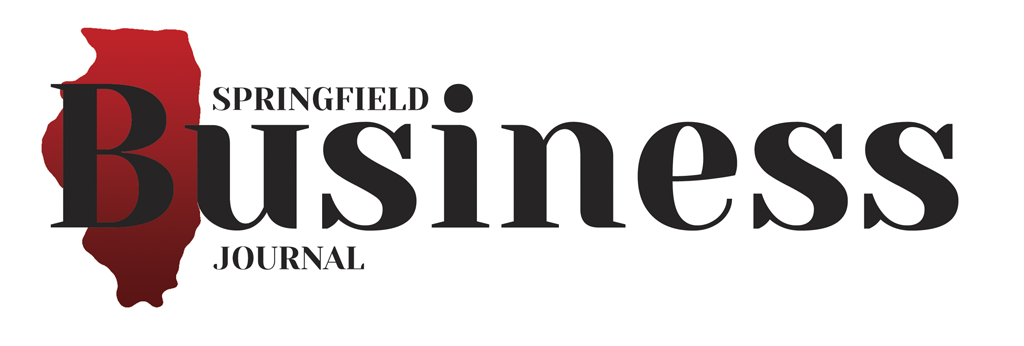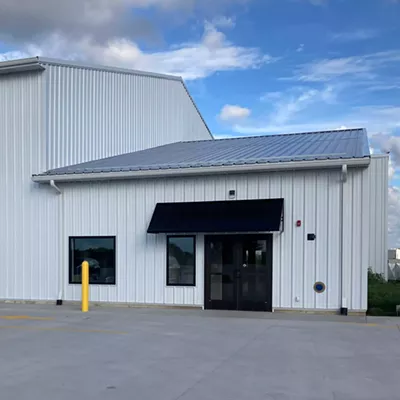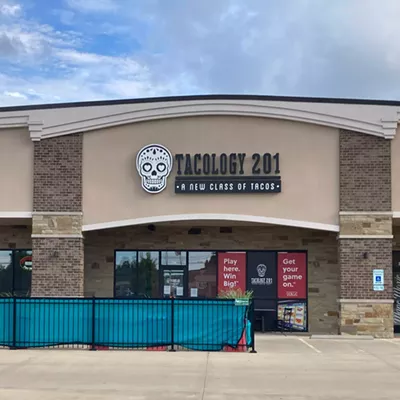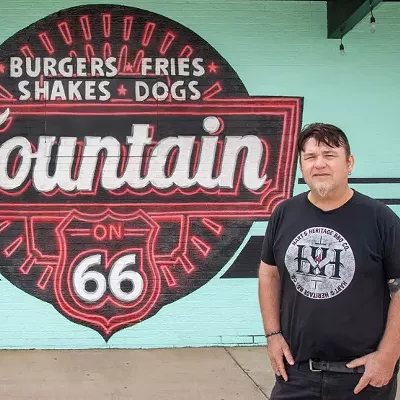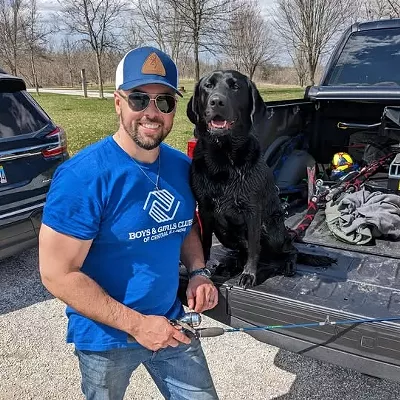By Lisa Clemmons Stott
In 1976, M. F. Weiner wrote an article in the journal Medical Economics entitled “Don’t Waste a Crisis — Your Patient’s or Your Own.” According to the Freakonomics blog, Weiner meant that a medical crisis can be used to improve aspects of one’s personality, mental health or lifestyle. At the moment, the playing field across the country has been leveled due to the coronavirus. And just as our small businesses are making some hard shifts to compete and stay alive, a struggling Springfield should plan boldly for the new reality of global pandemics.
Stop taking tourism for granted. Some estimates place Springfield’s economic losses -- just in convention business and hotel stays alone through the end of May -- as high as $75 million. This spring was poised to be one of the best ever, with major booking wins by the Springfield Convention and Visitors Bureau peppering the calendar. “Springfield generally sells 600,000 room nights from March through October but this year that number could be reduced by 50% or more," says Scott Dahl, executive director of SCVB. While the hospitality industry is undoubtedly the hardest hit by pandemic restrictions, it will also bounce back as people crave travel, even if they choose cars over planes for a while. Prioritizing investments that make Springfield and its quaint downtown a must-visit destination are essential. We’ve made many pedestrian-friendly improvements over the years in our downtown streetscape, with planted bump-outs and lighting. What if, every summer, downtown could be enjoyed as a giant pedestrian mall of activity, with signage pointing the way by foot, hanging plants, more tables and chairs for outdoor dining or lounging, musicians, lessened alcohol restrictions and constant sidewalk sales? With a plan like this, downtown businesses would be eager to open with dependable, tourist-friendly hours all summer long.
More indoor-outdoor living. What is a downtown designed for greater public safety? It has a stronger connection to the outdoors and to the pedestrian experience. Property owners who may have been putting off an investment in outdoor spaces should wait no longer. Downtown’s lack of rooftop spaces should be remedied in the next two years. Bars who haven’t taken advantage of the 2019 ordinance allowing them to have outdoor seating, just like restaurants, should add this component. Restaurants are already trying to figure out how to add more outdoor dining. We should add to the investment in movable tables and chairs on the Old State Capitol Plaza three years ago. We will likely have to maintain, and even add, loading zones to downtown, as convenient curbside pickup may remain part of the culture even after the danger has passed. And perhaps coronavirus ends the debate about the future of the Y Block. If downtown is to continue attracting young workers and retiring Boomers to live in a more urban setting, then it is likely that future residents will demand access to outdoor spaces within walking distance. We could utilize the ideas collected from Levitt AMP Springfield about what our citizens really want there; the setting should have a mix of amenities sought by residents and tourists, including places to sit, eat, let their dogs play and enjoy a concert.
Convert the glut of office space to invest in a downtown for Boomers.
By 2030, 18% of Illinoisans will be 65 or older. Will downtown’s giant office buildings finally be converted to spacious residential units for Boomers shedding their yards and wanting to travel? It’s time for downtown living to be designed to fully cater to the Boomers. We’ve all just found out what GenX and Millennials long suspected -- most office workers could do some, if not all, of their work remotely. At the same time, offices are figuring out how to shift their interiors to allow for social distancing and likely won’t want to pay for more square footage for fewer staff in the office. As we shift our thinking regarding some of downtown’s tallest buildings, there are opportunities for residential. For example, the Illinois Building, with its beautiful Art Deco facade, has a coveted interior parking lot. Boomers prefer to park within their building, so that once the garage door goes down, the resident is secure all the way up to her apartment. The beautiful part is that a downtown for the Boomers is also one for young workers and tourists. The Chicago Architecture Center notes, "Community amenities such as quality parks and maintained pedestrian areas, mixed-use living and access to sustainable transit, have typically been associated with younger generations who opt for bikes and public transportation over cars, and prefer local grocery stores and farmers markets to supermarket chains. In actuality, the desires of Millennials and seniors seem to match."
A pandemic-proof city We’ve talked for years about what might attract corporations or residents to Springfield. Would it be crazy to think that we could position ourselves as pandemic-proof? The perfect mix of country and city: not too urban, and not too rural? The way forward already emphasizes some of the areas we’ve identified as important “sectors.” Research from JLL on the effects of the pandemic emphasizes the need for more regional "manufacturing, with greatest pressures on critical industries (such as medical devices, technology and pharmaceuticals),” areas for which Springfield has excelled in the past or for which we are well-positioned. With the downtown UIS Innovation Hub delayed but still on its way, there’s never been a better time for a center with significant research and data capabilities to help us meet this vision. If we return to our own status quo and do not pivot in this moment, we stand to lose much more down the road. What we stand to gain is immeasurable. A bold vision for our future is required -- including a downtown master plan fleshing out these ideas -- more than ever.
Lisa Clemmons Stott has worked at the intersection of community development and economic development for 10 years. She is the executive director of Downtown Springfield Inc.
